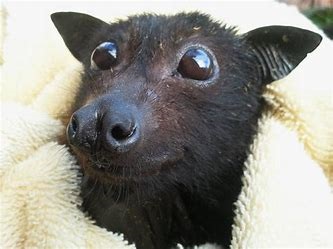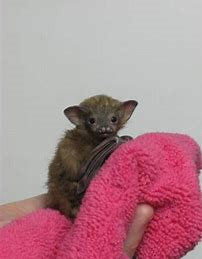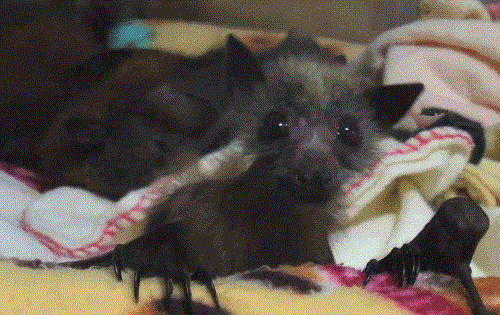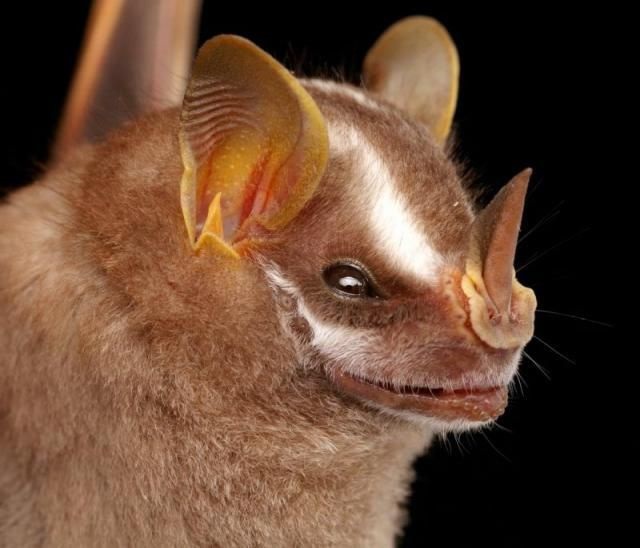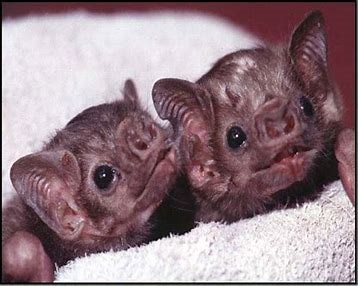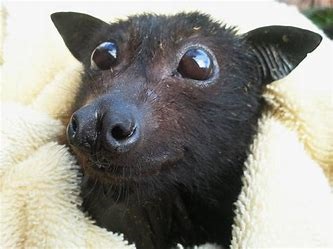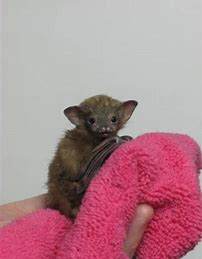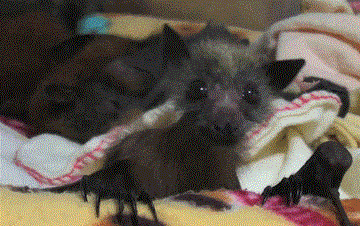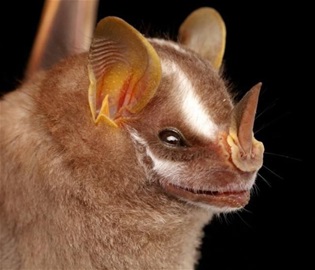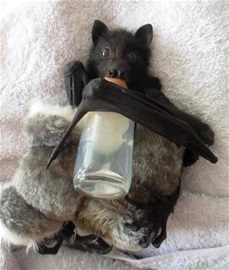YOU MAKE ME BATTY! - APRIL 17TH
On Bat Appreciation Day, take a moment to consider the humble bat. April is the best time of the year to observe bats, as they are now beginning to emerge from hibernation.
National Bat Appreciation Day is also an excellent time to learn about the role bats play in nature.
Bats are mysterious, enigmatic creatures which are all around us, though we may not be aware of them.
Some species are as small as a thumb, and yet are capable of flying hundreds of miles over land and sea to migrate each year. Bats navigate the dark areas they live in using echolocation, and they’re also responsible for keeping many pests at bay, including mosquitos.
Unfortunately, several bat species are facing extinction, due to many factors, including offshore wind farms and loss of their habitats.
INTERESTING FACTS ABOUT BATS
Bats have variously been called “flutterers,” “bald mice,” “old batters,” “fleder mauser,” “slang bats,” and “vagabonds.” They have also been called “flitter mice” because people thought of them as flying mice.
Bats are clean animals, grooming themselves almost constantly.
Rarely will a vampire bat bite a person—but if it does, it will then probably come back the next night to feed again from that same person. Amazingly, vampire bats can tell people apart by the way they breathe.
There are over 1,100 bat species in the world—only rodents have a greater number of species.
Bats are the only mammal naturally capable of true and sustained flight.
The world’s largest bat is the giant golden-crowned flying fox, a rare fruit bat. It has a wingspan of 5 to 6 feet (1.5 to 1.8 m).
A single bat can eat more than 600 bugs in one hour, which is like a person eating 20 pizzas a night.
Bats can see in the dark and use their extreme sense of hearing.
Bats live on every continent except Antarctica. They are found almost as far north as the Arctic Circle and as far south as Argentina and the southern-most tip of South Africa.
Approximately 70% of bats eat insects. The rest are frugivores, or fruit eaters.
A single brown bat (myotis) lives longer than most equally sized mammals, with a lifespan of nearly 40 years. Mice and shrews often live less than two years.
In China and Japan, bats are symbols of happiness. In Chinese, the words for “bat” and “good fortune” are both pronounced “fu.”
The pipistrelle bat weighs less than two pennies and is only as long as a person’s little finger. Yet it can eat 3,000 insects in one night.
Most bats rest, sleep, mate, and give birth upside down.
The bumblebee bat (Kitti’s Hog-nosed Bat) is the smallest bat in the world and lives in Thailand. Approximately the size of a bumblebee, the bat weighs less than a penny. It may be the smallest existing mammal. Due to habitat loss, it is listed as critically endangered
A group of bats is called a “colony.” A group of crows is called a “murder.” A group of ferrets is called a “business.” A group of giraffes is called a “tower.”
Use #BatAppreciationDay to post on social media.
